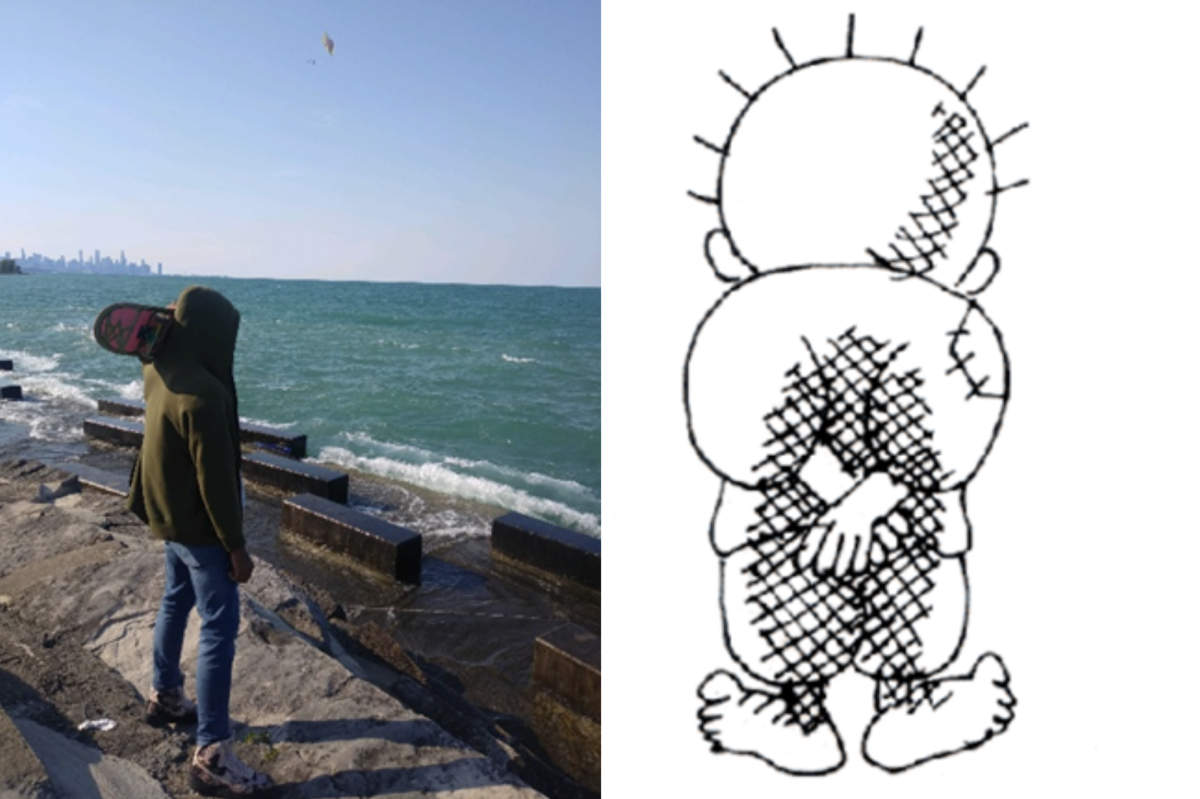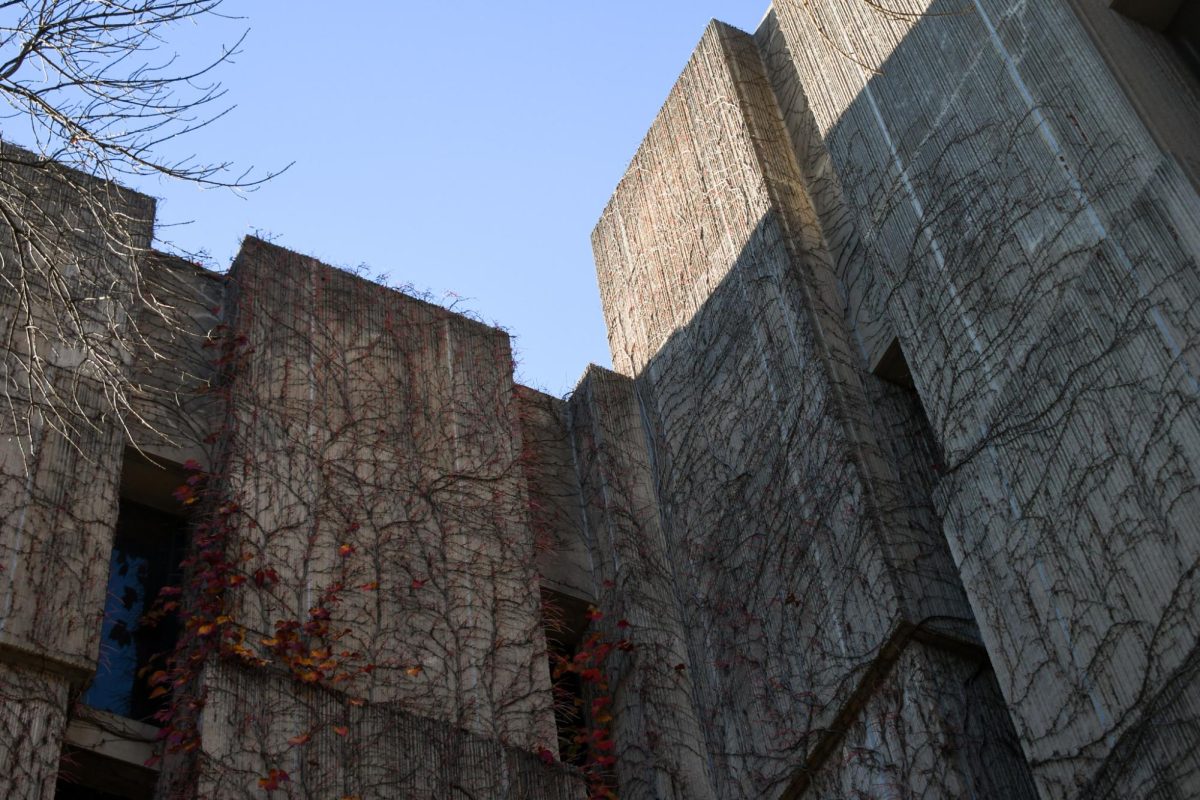The University of Chicago may not typically be considered a mecca for jocks, but exercise is nevertheless an important part of many students’ lives. While UChicago bills itself as an intellectual paradise for the mind, brains can’t operate without support. A study published in the American Journal of Psychiatry found that one hour of exercise a week can reduce the likelihood of depression. A healthy body allows the mind to thrive, and at a notoriously stressful school, exercise is a great way for students to blow off steam. The University must prioritize creating an exercise room for Renee Granville-Grossman Residential Commons, the dorm known as “South,” and, more broadly, must invest in exercise options south of the Midway.
The hundreds of students living in on-campus housing south of the Midway lack exercise options. Especially in the winter (think this year’s polar vortex), students find that South is too far from campus exercise facilities. The members of Inter-House Council (IHC) from South surveyed 137 residents of the dorm through a Google Form shared by e-mail and in-house Facebook groups, and the results were clear. Students need exercise.
Students made their opinions obvious in the open-response section of the survey. One wrote, “During the winters, it is very difficult to make the trek all the way to Ratner in the cold weather. This promotes an unhealthy living situation both physically and emotionally, as many students depend on exercise for [their] physical and mental well-being. The implementation of even a few machines in the basement of GGRC would make a substantial difference in the health of students.”
When asked if they wish they had exercise options closer to South than Ratner and Crown, 94.9 percent of residents said yes. Almost half of the respondents rated the importance of the issue of exercise accessibility as 10 out of 10. It’s clear: The two campus gyms, both at least a 13-minute walk away, are not accessible enough to residents of South.
In failing to act on the need for exercise options, the University is letting down its students.
You might be thinking to yourself, “An exercise room sounds all well and good in practice, but how does it work in theory?” It turns out that a growing body of evidence supports the idea that exercise bolsters mental health. As mentioned above, just one hour of exercise a week helps reduce the incidence of depression. Research has also shown that regular exercise improves memory and thinking skills.The University of Chicago is no stranger to mental health concerns, as some students feel the University has not done enough to address these issues.
The idea of providing exercise equipment to South Campus residents is not new. There are still signs in the basement of South marking the path from the elevators to the “exercise room.” Following these signs, however, is a fruitless endeavor. Some time ago, the University removed the cardio equipment housed there and replaced it with storage. This decision, however, can be easily reversed.
IHC representatives from South met with Housing and Residential Life in April. The answers we received were not satisfactory. Housing said it planned to observe the new exercise room in I-House for two years before addressing the lack of exercise options in South. In that time, the new Woodlawn Residential Commons will be completed. If the University can build a megadorm (which, it should be noted, won’t contain a gym), why can’t it put some exercise equipment in South’s basement?
Students can’t wait. Optimally, the University would also prioritize building a new gym south of the Midway to suit the needs of residents of South, Burton-Judson, and Woodlawn. We applaud Dean Michele Rasmussen for expressing support for this idea at a recent Inter-House Council meeting. That said, this idea raises challenging questions regarding neighborhood relations, construction, maintenance, staffing, and environmental impact. There is a simpler and more immediate solution: placing a few treadmills in South’s basement.
—Renee Granville Grossman Residential Commons Inter-House Council Representatives







